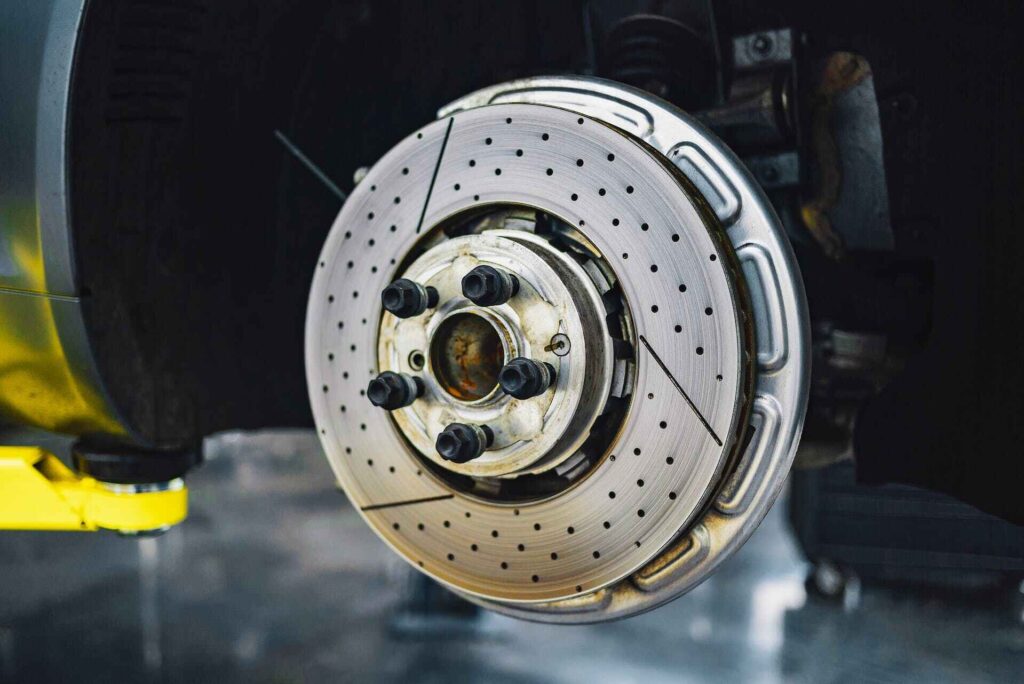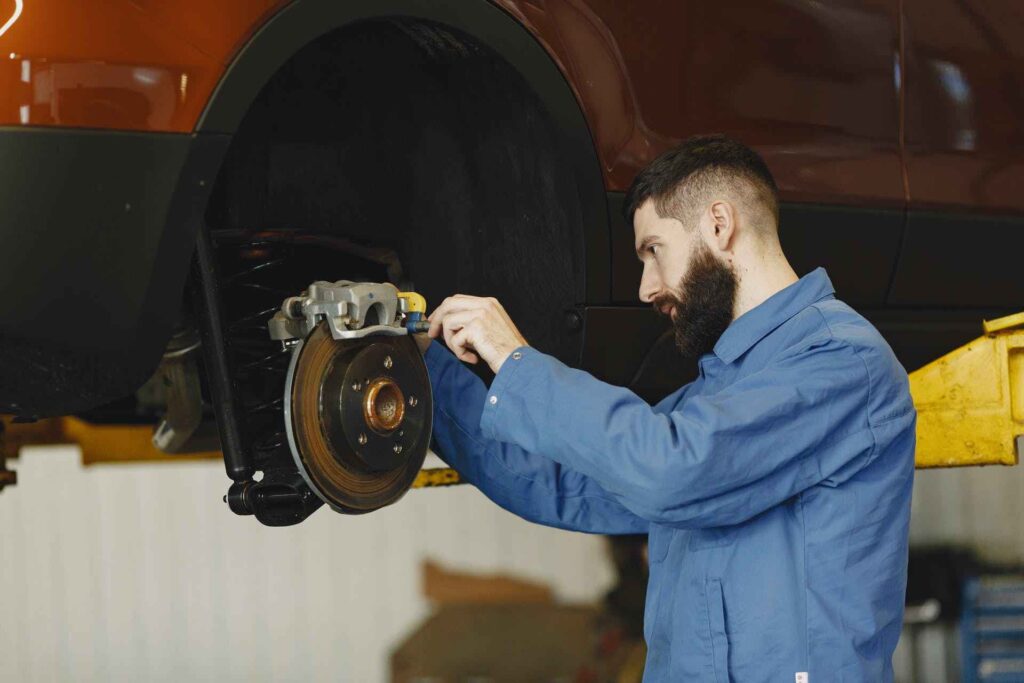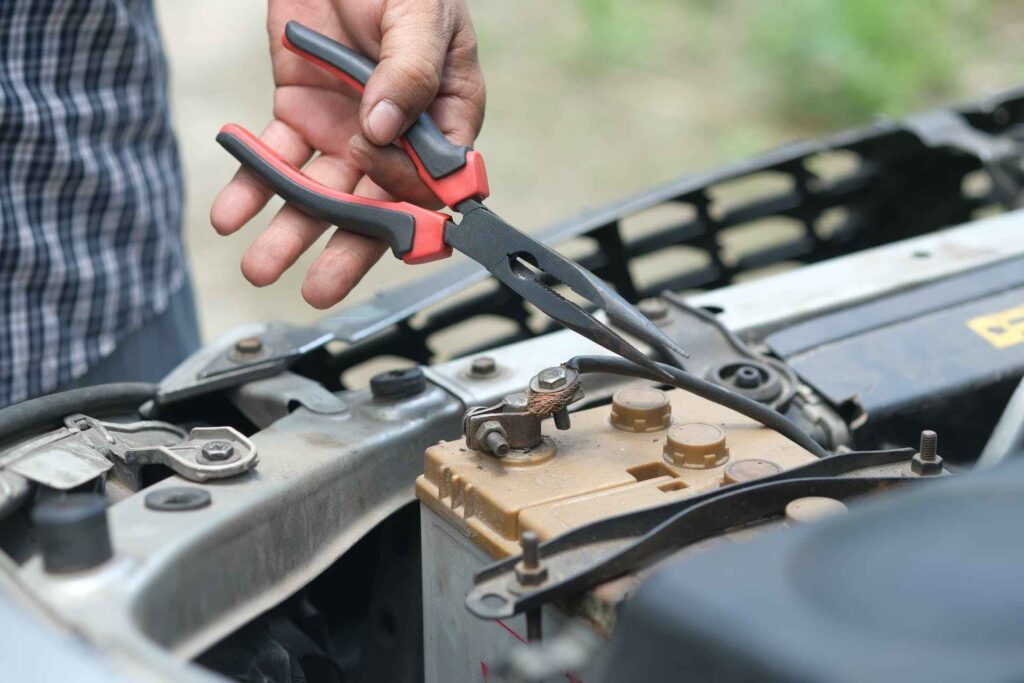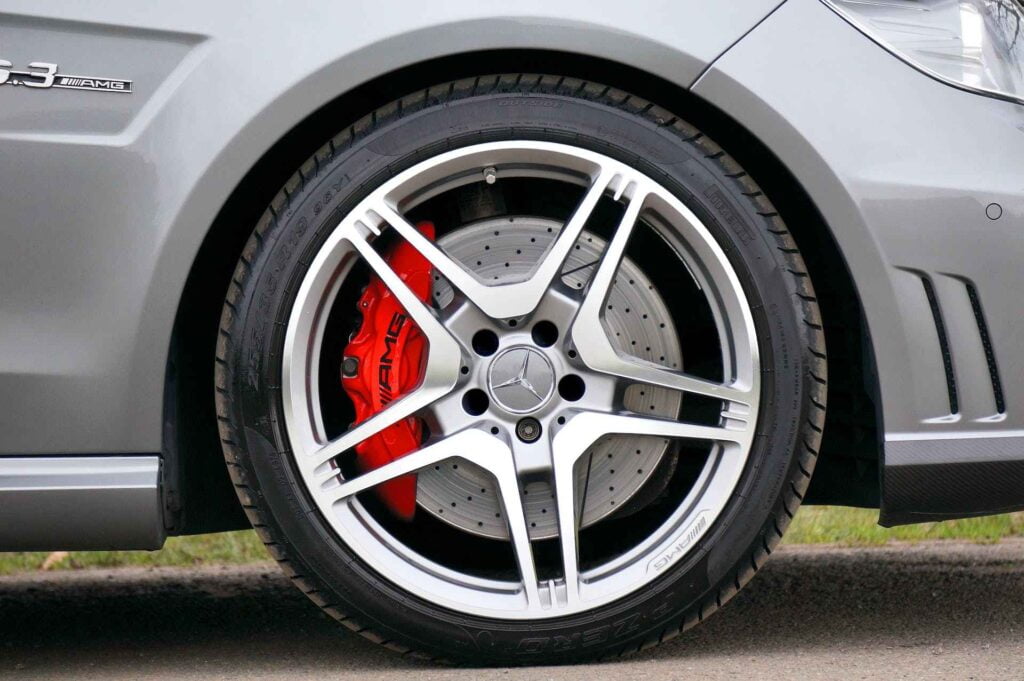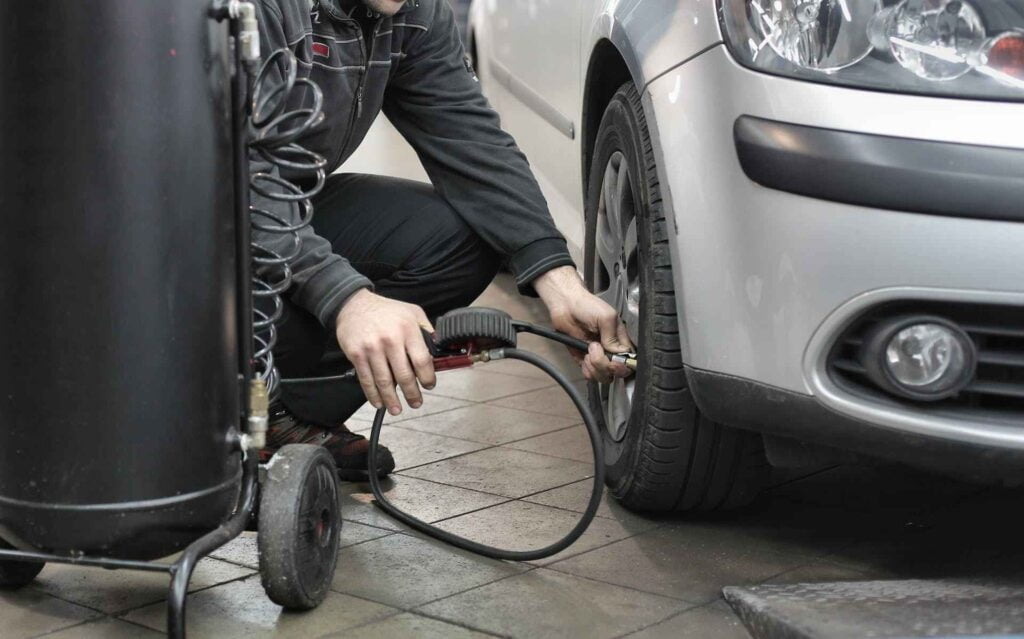One of the first things you’ll notice when you get into a car is the elegant calfskin inside and the perfect leather seats. Vehicle manufacturers provide many options for leather seating for comfort and elegance, ranging from basic to personalise.
Luxury vehicles tend to use a lot of synthetic cowhide that is richly coloured and polished. These seats could be difficult to maintain without a defensive covering. Even though cowhides are still available in some variations, most leather seats these days are coated and treated to be far more stain-resistant.
Fortunately, leather cleaning and maintenance is much simpler than it used to be in the past. This article explores how to clean leather car seats to keep your seats in pristine condition at all times.
How Often to Clean Your Car’s Leather Seats
It’s advisable to clean your seats about every two to four years; however, if the vehicle is used frequently by many passengers or has pets, then cleaning should be done more frequently. Maintaining Cowhide, Cleaning and Moulding also helps to Prevent your Leather seat from Drying out and preventing wear and tear.
How to Clean Leather Car Seats
What you will need to remove any excess dirt and stain
- Equipment/Apparatuses
- Cleanser that saturates (optional)
- Vinegar (at your choice)
- Dissolvable citrus (optional)
- Flaxseed or linseed oil (optional)
- Vacuum or dust buster equipped with a soft brush
- Four sterilised microfiber clothes
- Conditioner for cowhide
- Water
The Best Way to Clean Leather Seats
Experts advise using various household items to bring back the original appearance of leather seats. Make use of the below unusual stain-removing tricks and do-it-yourself cleaning solutions to preserve the pristine appearance of your leather seats.
- -Start by quickly vacuuming the seats and mats to remove any dirt or debris from the car interior.
- -Use water, liquid dishwashing soap, or basic soap, or apply a leather cleaning product or solution, whether it’s homemade or commercial.
- -Dampen a cloth with the solution and carefully wipe clean the seat surfaces, being careful not to saturate them, to prevent water from entering the cushions. Once thoroughly dry, use another moist cloth to wipe everything clean.
- -An alternative home remedy is to mix vinegar and olive oil in a spray bottle, mist the seat, let it remain for five minutes, and then wipe.
- -Clean up spills as soon as you can to prevent fading.
Cleaning Techniques
Use Baking Soda to Clean Car Seat
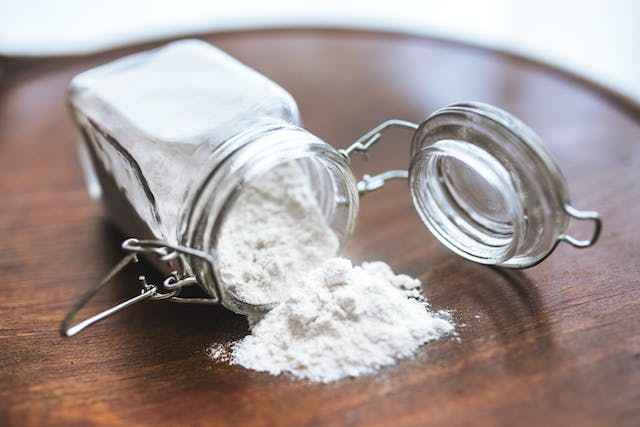
Grease and oil can be effectively removed using baking soda. After applying it to the dirty area, give it time to absorb the oil. After removing any leftover powder, wipe it dry.
Apply a sunscreen-containing leather conditioner after cleaning to stop the leather from fading and breaking, giving it a shine and resistance to stains.
Use toothpaste, toothbrush, and lemon juice to Clean Leather Seat
To clean dirty leather surfaces, use non-gel toothpaste, a toothbrush, and a clean cloth to dry. Apply toothpaste on the leather to remove scratches. Light leather can be treated with lemon juice mixed with vinegar and cream, to make a bleaching agent.
Just mix the juice and vinegar to make a paste, then let it sit for half an hour before cleaning it off with a moist sponge.
Rubbing alcohol to Clean Car Seat
The best way to remove stains from a leather seat is to rub alcohol on it. Apply the alcohol and scrub the area down with a dry, lint-free cloth or a ball of cotton wool. Once the stain has been cleaned, remove the alcohol by using warm water and a liquid dish soap solution.
Leather car seats can get dirty, particularly if you drive in a sandy area or drop something liquid on them. Because some disgusting substances can permanently harm cowhide, proper washing is essential. To ensure that the leather seats in your car are safe and clean, follow our step-by-step Leather cleaning guide.
Using Water and vinegar

All you need to remove stains from leather car seats is water and vinegar cleaning solution. The solution should be applied with a microfiber cloth. To remove dirty or stained spots surfaces, gently circularly scrub the leather.
Castile soap
This all-natural cleaning solution is secure and safe for leather. With a pH of 8 to 9, castile soap is mild and comparable to baking soda. Use one tablespoon of liquid castile soap mixed with one cup of water. After soaking a clean cloth, carefully rub the leather. Let it air-dry after removing any leftovers.
Saddle soap
Often used to clean and condition leather items like leather furniture, wear, etc. saddle soap is a blend of soap, oil, and wax. It comes in spray, paste, and solid forms. Apply it and rub it in with a gentle cloth in a circular motion to remove grease stain. Get rid of any extra soap. Give it three hours or more to dry.
Step-by-Step Guide to Clean Your Leather Seats
Step 1: Vacuum your seats.
To remove any large dirt particles, use a wet-dry vacuum or a vacuum hose and attachment. Take great care not to scratch the leather. An air compressor could also be used to remove dirt from the crevices in the seats.
Keep your leather chairs clean regularly. Try to deep-clean your seats three to four times a year, even if you should just give them a quick wipe-down once a month. If the leather on your vehicle is light-coloured, or you start to see dirt accumulation, you might want to do this more frequently.
Vacuum Precaution
If you have pets, you should usually avoid exposing them to citrus when they ride in the car because citrus (oranges included) is bad for a lot of different kinds of pets. If you are using a citrus-based dissolvent. Remove it entirely using a delicately moist cloth.
Step 2: Scrub with a Microfiber Material
Using a damp, not wet, microfiber cloth, to remove the cleaners. The leather may get stained by too much water. Make use of a second towel to remove any remaining moisture.
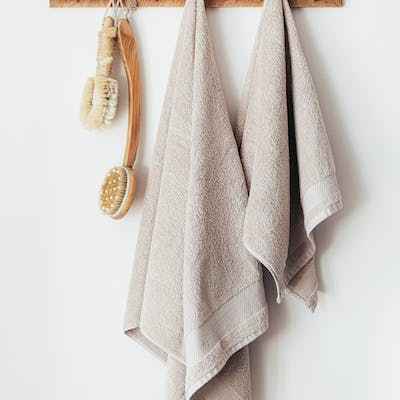
Step 3: Condition the leather
Apply a locally purchased leather conditioner to car seats made of leather to prevent future stains and damage. Using a microfiber cloth, apply the leather conditioner and allow it to sit for ten minutes. To remove additional items, wipe the surface and use a clean microfiber towel.
Apply a sunscreen-containing leather conditioner to your pristine seats to prevent them from cracking and blurring.
Additionally, the conditioner leaves the leather shiny and resistant to subsequent stains. Your car seats’ lifespan and appearance will both be extended.
Step 4: Let It Air Dry
Before embarking on an extended road trip, avoid cleaning your car’s seats. ‘You should let your car air dry for at least one hour, but three to four hours would be ideal’, based on experience. This will prevent the vehicle from developing an unwanted odour.
Do’s of Leather Seat Cleaning
- First, give the chairs a thorough hoover. This ensures that when you clean, dirt, sand, and other debris won’t scratch or rub into your seats.
- Make sure the leather cleaner is appropriate for your seats by identifying and testing it in a private area.
- In order to reduce the possibility of colour change, proceed cautiously and work in small areas, preferably in circular motions.
- Make use of a microfiber cloth. They are soft and won’t scratch the surface of your leather.
- If you are creating your own solution, then yes, mix one part warm water with two parts vinegar.
- Make sure to regularly clean and occasionally in good condition. Your seats should be cleaned once a month, and condition many times a year.
- On the occasion that you are buying a commercial cleanser or conditioner, look for safe and common fixings.
Don’ts of Leather Seat Cleaning
- Don’t directly spill anything on the chairs. Especially if the leather is punctured. If everything is equal, spray your microfiber towel with the mixture.
- Avoid using conditioners with petroleum or waxes, as they might lead to product buildup and dull the leather seat.
- Aim to prevent the moist solution from drying on the chairs. Make sure to work it into your clammy material until it’s well incorporated. If excess fabric is needed, remove it with dry fabric.
- Avoid using harsh materials for thorough cleaning. Choose a toothbrush that is gentle and wavery or a specially designed brush for cleaning cars.
- Don’t hesitate to pay the full cost of your leather seat cleaning. Using a high-quality, consistent leather cleaner and conditioner will enhance the quality of your leather.
- Steer clear of using cleaning solutions on your cloth because too many of them can ruin the leather or the seat. If additional pressure is needed, start off lightly and raise it gradually, especially if your seats require deeper cleaning.
- Use a cleaner on your leather seat or trim to achieve a perfect finish, extending the life of your car’s leather seats and lowering fabric usage.
Conclusion
The life span of your leather car seats depends on how well you take care of their appearance. This article explores how to clean leather car seats, offering a thorough method of cleaning that covers stain removal, regular cleaning, and the usage of common home objects and cleaning supplies. The quality and longevity of your car’s leather interior can be improved and prolonged with regular vacuuming, the use of conditioners, and the choice of suitable solutions and agents.
Kindly visit our home page to read more related articles




